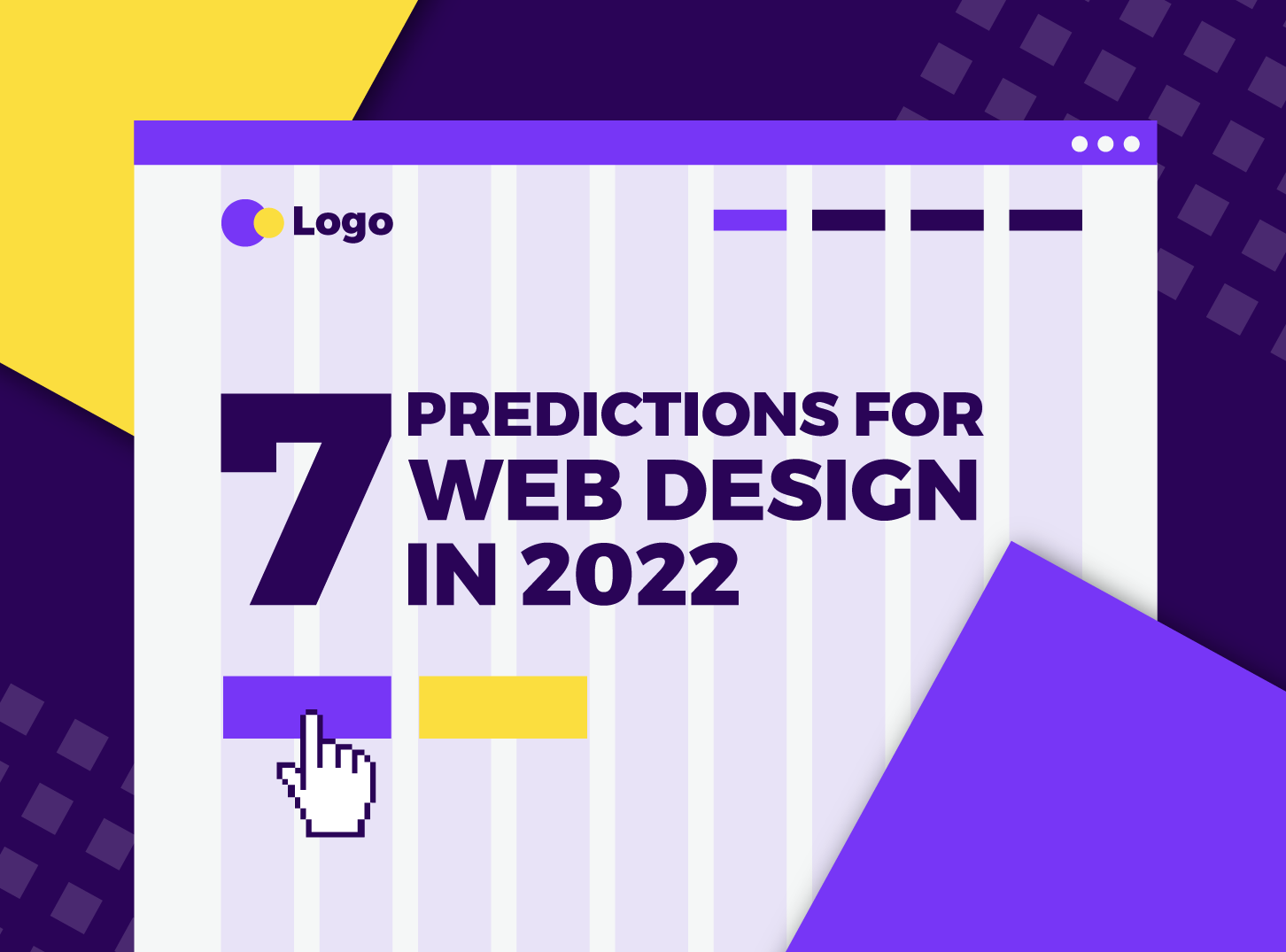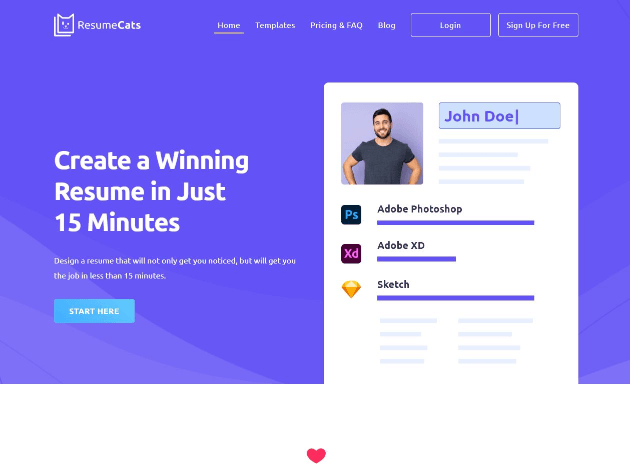Technology is changing fast, and trends in website design are no different. Elements of website design and features that were once modern and innovative may have become tired, exaggerated, and stumbled in recent years. So, the Inkyy Web Design team wanted to write an article about predictions for the 2022 year in web design.
The last thing you need is visitors landing at your website to lose conversion just because your website looks completely outdated or ignores crucial web standards.
Predictions
Users visit a lot of websites each day, which means they constantly see innovative, well-designed platforms.
With an increasing number of online businesses improving their game, it is more important than ever to get their attention and get them to choose your platform over everyone else.
So, here are the predictions from us, let’s go.
1. Dark mode
The most important of all of the predictions, right? And, probably the most obvious one.
On the aesthetic side, the dark mode easily creates an ultra-modern look to your website, and at the same time allows you to highlight other design elements only by obscuring the elements that surround it.
The designers agree that the dark mode is relaxing and calms both the eye and the brain, allowing us to cool down and focus on the content of the website.
We are spending more and more time looking at screens, and that is a fact, many platforms allow users to choose when to switch to dark mode. Apple users can even schedule a time to automatically switch the device too dark mode.
2. Voice search optimization
This feature is taking the design world by storm, and we had to include voice search optimization in our 7 predictions for the design world in 2022.
The way users access information is constantly changing. Instead of typing a search query into Google, we now ask questions or make requests. This means that web design must also be adapted to keep up with the advent of voice chatbots and virtual assistants.
Although this design trend has not yet completely receded, it’s only a matter of time before we see more and more websites that include voice search as an additional option to traditional text search.
3. White space
Using white space means giving the content the breathing space, not trying to push as much information as possible onto the screen. The experience loosens the visitors of your website or app, the content stands out better, and also improves readability.
White space is just a term for the space we give between elements. It doesn’t have to be white, as long as the space is empty, that is why it is also known as “negative space”.
4. Page load time
One of the most important factors in successful web design is extremely fast loading time. This is not a new trend and has been an important factor in UX and SEO for years.
It remains a top priority for websites that want to rank high in search results and also achieve better conversions.
Nevertheless, if you used to be able to get away with a website that loads in 4 seconds or less, now you have to work even harder. Most users state that they will not stay on the site if the page loads longer than 2-3 seconds. It’s time to boost those servers and simplify your design.
5. Dynamic content
As consumers, we want information that is relevant to us and presented most appropriately and concisely. Yet, what exactly is dynamic content? This is information, data, or images that are displayed to users based on their geolocation or specific behavior and interests.
Dynamic content can effectively spice up a page and make even the simplest websites livelier and more professional. You can also use it to move from one page to another, and if large animations don’t suit you, there are always smaller ones that add personality to the pages.
6. Design for the thumb
There is no doubt that mobile design is more important than desktop computers. Mobile phone users make up the largest group, over 65% of all Internet users access websites on their mobile devices, not on a laptop or computer.
Needless to say, a thumb-sized mobile design is now simply necessary. Your website needs to be intuitive and easy to navigate with just your thumb.
7. Accessibility
The web should be accessible to everyone. Unfortunately, accessibility standards often take last place in web design and development.
Whether due to laziness or poor coding, many websites are not accessible to people with disabilities. This drive for inclusive design is not just a boon of affordability.
The inclusive design encourages innovation, disrupts stagnant design habits, uses untapped resources, and expands your target audience.
This trend is strongly associated with voice search optimization. Of course, the increase in this trend is not irrelevant for the adaptation of people with disabilities to access information on the Internet.
Conclusion – Don’t Overlook These Trends
Yet the truth is your website’s design matters, after all, it’s your online presence’s business card, so regardless of your business’s type, branch, and potential customers, it’s essential to keep it fresh, modern, and updated.
Therefore, don’t overlook these trends because they can help you take your business to the next level.
What is your opinion about the mentioned trends in this article? Have we forgotten any trends? Which is your favorite? Write to us in the comments.





1 comment